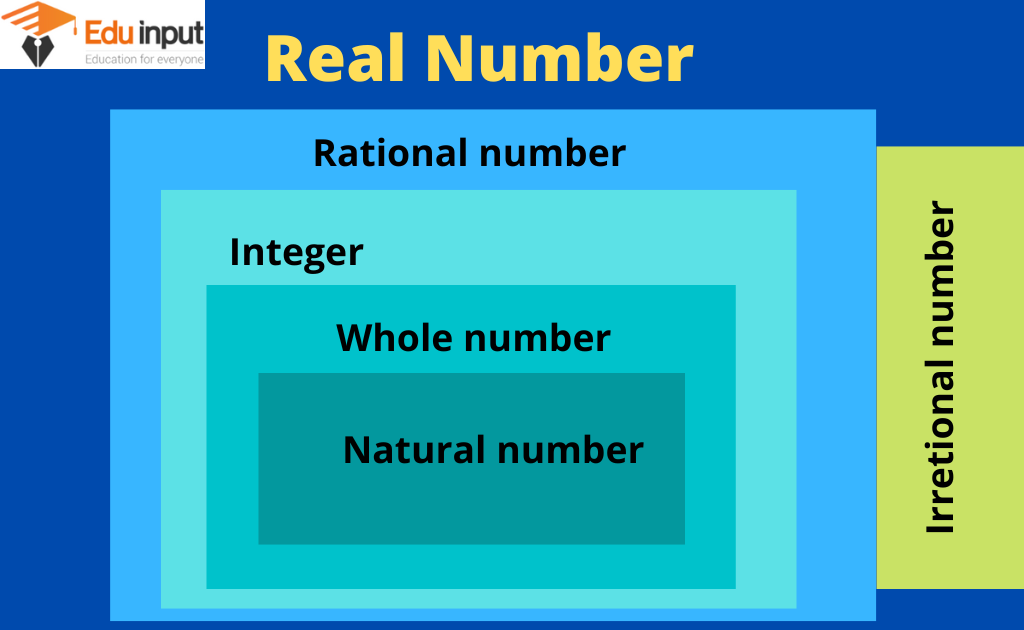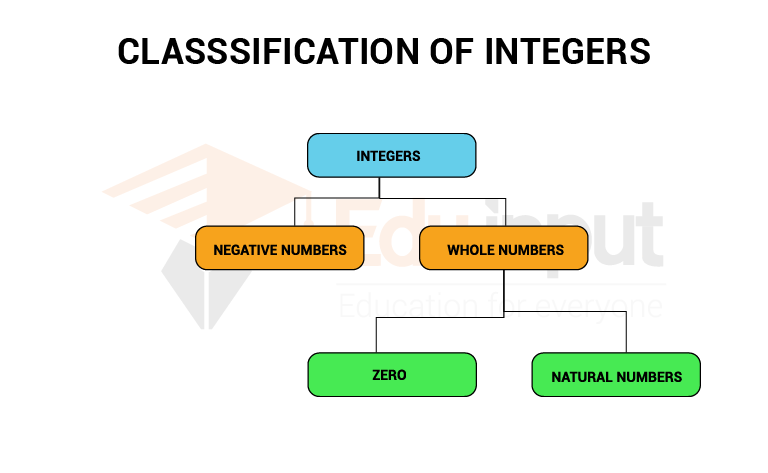Integers Numbers-Definition, Symbols, And Types
In Mathematics, integers are the collection of natural numbers including zero and negative numbers. Integer’ is a Latin word that means ‘whole’ or ‘intact’. Integers do not include decimals or fractions. This article teaches about integers’ definition of integers and the properties of integers and Arithmetic operations on integers.
What are Integers Numbers?
Integers include zero, positive numbers, and negative numbers. The word integer has been derived from the Latin word “Integer” which means whole or intact. Integers
An integer is a number with no fraction or decimal. Examples of integers are -3, 0, 1, 4, 8, A set of integers, which is represented as Z,
Symbol of integers
The integers are denoted by the symbol ‘Z’.
Z= {……-8,-7,-6, -5, -4, -3, -2, -1, 0, 1, 2, 3, 4, 5, 6, 7, 8,……}
Types of integers
There are three types of Integers
- Positive integers
- Zero integers
- Negative integers
What are positive integers?
A number is positive if it is larger than zero. Example: 1, 2, 3 . . .
What are negative Numbers?
A number is negative if it is smaller than zero. Example: -1, -2, -3 . . .
Zero is defined as neither a negative number nor a positive number. It is a whole number.

How to represent integers on a Number Line?
As we have already discussed the three categories of integers, we can easily denote them on a number line based on positive integers, negative integers, and zero.
Zero is the center point of integers on a number line. Negative integers lie on the left side of zero and Positive integers lie on the right side of zero. See the below figure.

Application of integers
Integers are not just numbers on paper; they have many real-life applications. The effect of negative and positive numbers in the real world is various. They are used to symbolize 2 contradicting situations.
For example:
When the temperature is above zero, positive numbers represent temperature, whereas negative numbers denote the temperature below zero.

 written by
written by 





Leave a Reply